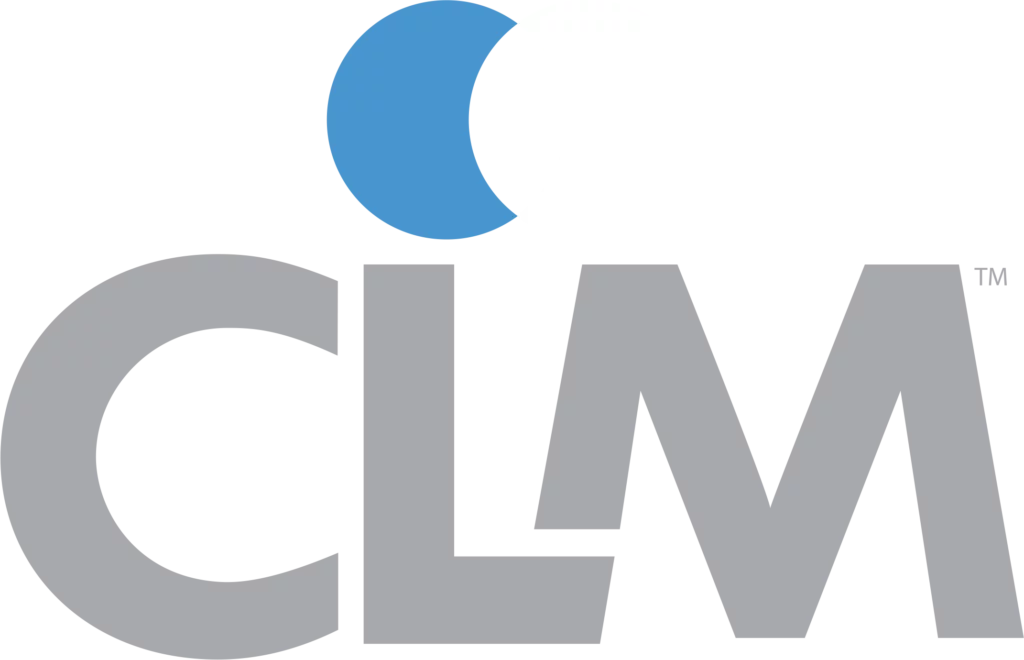As seen from the perspective of a 24-year-old MBA graduate.
When I was 7, I heard the quote “The day I stop learning, bury me.” To this day, that quote has stuck, and I always remember the importance of continued education, both for personal development, and for simply keeping life interesting.
Recently, I finished reading The Anticipatory Organization: Turn Disruption and Change into Opportunity and Advantage by Daniel Burrus. Recommended to me by the owner of CLM, this book has great insights on how to predict the future (no, really!) As our company has employees of diverse age groups, I thought it could prove worthwhile to share my takeaways of this book from a 24-year-old’s perspective.
I don’t want to give away too much, so that you’ll still have to pick up the book yourself, but I thought I would share my three favorite topics from Burrus’ book. The first one – Hard versus Soft trends.
Hard trends are things that will happen. According to Burrus, these Hard trends fit into one of three categories: government regulation, technology, and demographics. In the case of the first category, we all know there will only be a continued increase in government regulation, so moving forward in business, this should be taken into account. And we all know technology is only going to become increasingly advanced, so this is another known fact that can be used as a future predictor. Finally: demographics, we know that Baby Boomers, for example, are a very large segment of the population and are only going to get older. This is going to affect the work force in many ways, one of the largest being mass-retirements. As the Boomers all reach these older ages simultaneously the knowledge and expertise of these retired individuals is removed from the workforce. Looking to the future, this is something companies should be aware of and prepare for, so they don’t lose all those years of experience without first training the younger generations about what they have learned.
On the flip side, a Soft trend is mostly what it sounds like – something that might happen in the future. Burrus goes on to give a few examples: obesity and Facebook. Obesity has been growing in the United States, so we can guess that this trend will continue, but we have no way of knowing for sure. As far as Facebook, this book was published in 2017, so Burrus talks about Facebook being the dominant social media platform at the time. Of course, we can all see how that turned out, especially for younger generations as other platforms like Snapchat, Instagram, and TikTok have become much more popular. This is a perfect example of a Soft trend, because most people probably thought that Facebook would continue to be dominant for a longer period of time, but it wasn’t a set-in-stone fact and ended up not being true at all.
That’s just one example of a Soft trend not coming true, but it is a great example of why it is important to know the difference between a Soft and Hard trend. If a Soft trend ends up becoming a Hard trend, you can just finalize potential plans that were based on these assumptions, and continue on. However, if what you perceived to be a Hard trend actually turns out to be a Soft trend, it may be detrimental. If you firmly believe something is going to happen in the future, and you base an entire business model on it, only for it to not be true, you could be in big trouble. Burrus describes this phenomenon in much greater detail, so that you can be sure not to make a fatal business faux pas.
My second favorite takeaway from this book, is Burrus’ idea of “Failing Fast to Learn Faster”. Growing up, we’re always told to “never give up” and of course, “if at first you don’t succeed…”. In other instances, however, we are reminded of the importance of failure, and how most failures are great learning experiences in disguise. Burrus describes how companies make detrimental mistakes by working too long and hard on something that has already failed, rather than just dropping it and trying a different approach. He gives a great example about a new employee beginning at a company, and their supervisor immediately knowing they are not a good fit. Rather than expending the effort to train them and try to make things work before you ultimately have to let them go anyway, it might be better to just accept that it’s not going to work out, and get a new employee in there sooner rather than later. If we use this approach in life and just accept our failures for what they are, we can quickly move on and learn from them as we try a new approach, rather than wasting time, energy, and money trying to save something that is already a lost cause.
My last topic from Burrus’ book is the one that felt the most substantial to me as a 20-something who has recently joined the work force. I know there are many others who also work with diverse age groups in their company who will benefit from this topic as well.
Going back to the idea of the Baby Boomer generation – when you think of this age group, what do you think their relationship is to technology? Obviously, there are some outliers, but generally this age group is more reluctant to jump on new technology trends. Then we look to Gen Z/Millenials who love new technology and are usually the first adopters when some newfangled item is available. In the workplace, these vast differences can cause major rifts between employees, which can hurt the entire company. This is where Burrus’ Time Travel Audit comes into play.
When you are approaching a colleague about a new idea, it is best to first conduct a Time Travel Audit. This means, locating where you are on the spectrum of time (past, present, or future-oriented), and then deciphering where your colleague may be on this spectrum as well. If you perceive yourself to be in the same time period, you can continue the meeting as normal. However, if you believe yourself to be more future-oriented, and you assume your colleague tends to think in terms of the past, it is likely going to be more beneficial if you first change your discussion to be framed in their time period. Burrus’ example is about talking to an older colleague and offering first to complete the task how they would prefer it to be done, but giving them the option to do it how you want to do it. Sometimes, simply acknowledging their methods and giving them the option is enough to make them give you a chance. By approaching mental time-gaps this way, everybody will get along much easier, and it will be easier to get things accomplished. After all, trying to accomplish anything in two different time periods in nearly impossible (unless you’re Marty McFly!)
I never thought it was possible to see the future, but Daniel Burrus lays it out in such a way that it seems very doable. Simply by changing the way you think about the knowledge you already possess can help your organization go from impacting the future to being a relic of the past.





